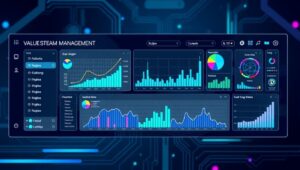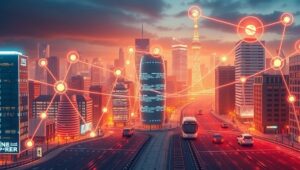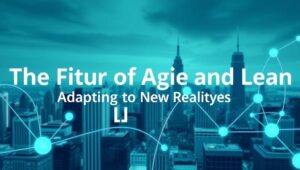May 20, 2025
Ensuring AI Safety: Preventing Unintended Consequences (2025+)
Ensuring AI Safety: Preventing Unintended Consequences (2025+) Artificial intelligence (AI) is rapidly evolving, promising transformative advancements across various sectors. However, this progress necessitates a proactive approach to AI safety, focusing on preventing unintended consequences that could arise from increasingly complex AI systems. This post explores key strategies and considerations for ensuring AI remains a beneficial force as we move further into the future. Understanding the Risks As AI systems become more sophisticated, their potential impact—both positive and negative—grows exponentially. Unintended consequences can stem from: Data Bias: AI models trained on biased data can perpetuate and amplify societal prejudices, leading to












